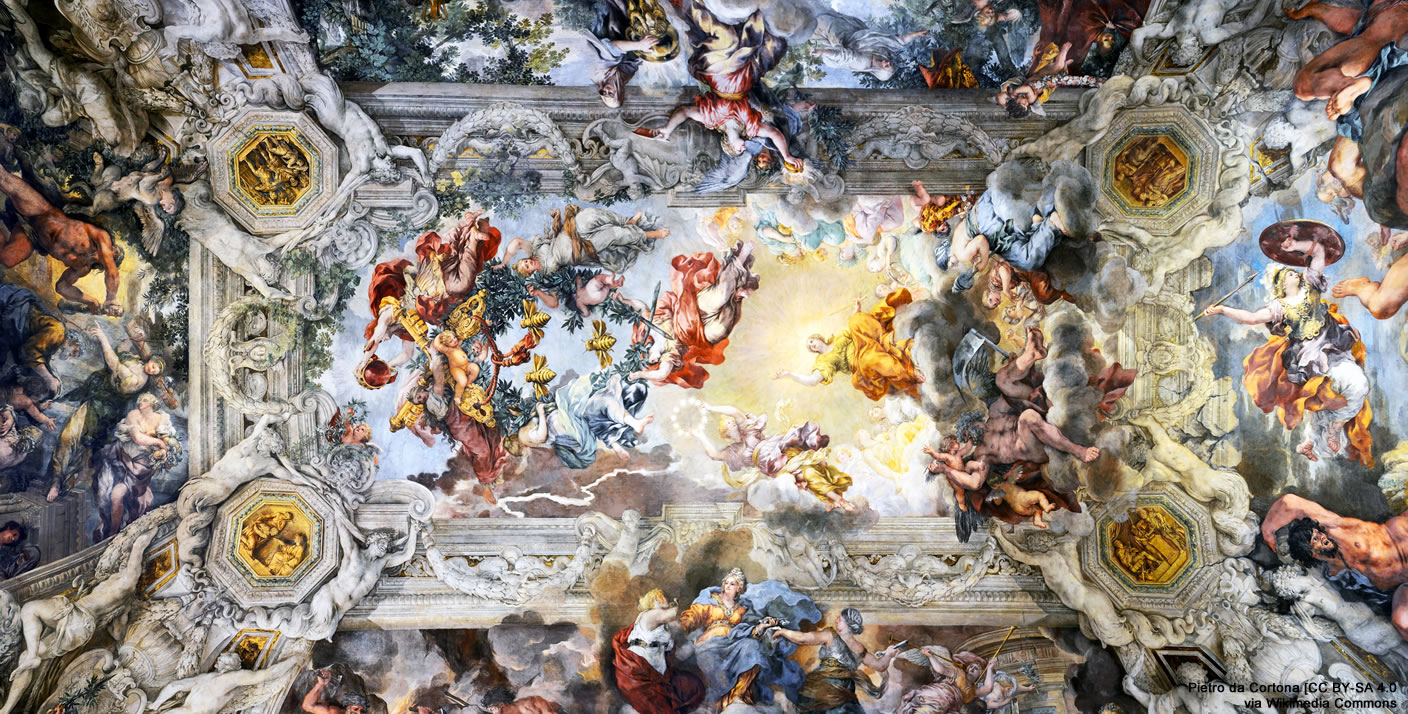The imprimatur and the charges

The imprimatur to the first edition of the Dialogue
At that time it was standard practice that a "print approval" (imprimatur) would have to be obtained from the ecclesiastical authorities for any work about to be published. So, after completing his Dialogue in May 1620, Galileo went to Rome for an audience with Pope Urban VIII and Niccolò Riccardi, who was in charge of issuing the imprimatur. He did so in the hope that his work could be published in the Eternal City. Back in Florence, however, Galileo decided for various reason – one of which was the plague raging at the time – to have the Dialogue printed there. On 10 October of the same year he received the necessary imprimatur from the inquisitor of the City of Florence, Clemente Egidi. But because of various difficulties, the work in the printing house could not begin until July 1631 and was not completed until February 1632.
Charges against the Dialogue
In mid-August 1632 Giovan Battista Landini of Florence, the printer and publisher of the Dialogue, was ordered not to publish or sell any more copies. In September Pope Urban VIII summoned a committee of theologians tasked with examining whether or not publication of the work and its content breached existing conditions. This committee’s report did indeed bring irregularities to light and also included seven charges (corpus delicti) against Galileo.
Maffeo Barberini (1568–1644), Pope Urban VIII from 6 August 1623, had already been a patron of scientists and artists long before he was elected Pope. In particular, Barberini was a great admirer of Galileo and his astronomical discoveries. He even wrote a song of praise to Galileo, the Adulatio perniciosa. It was to him that Galileo dedicated external page "Il Saggiatore", a tough debate with the Jesuit priest Orazio Grassi. Despite all the friendship and support that Maffeo Barberini gave Galileo, he did not conceal his rejection of Copernican teaching from him and ultimately regarded publication of the Dialogue in 1632 as unacceptable. So it was Barberini himself who launched the trial against Galileo in 1633.
The second charge
The second charge concerns two violations committed by Galileo of the conditions laid down by the ecclesiastical authorities.
First violation: The introduction Al discreto lettore was printed in a different (rounded) typeface from the rest of the text, which is in italics. The court accused Galileo of signalling to readers with the different graphical design that this initial part of the text was not connected with the rest of the text and was therefore to be understood as being different.
The second charge was more serious: Galileo had personally been instructed by Pope Urban VIII in a private audience to provide his work with closing words, known as the "final doctor" (medicina del fine), in which he was to emphasise unambiguously the omnipotence of God. Galileo did indeed respect this papal requirement by weaving the desired topic into the last moments of conversation in the Dialogue. But Galileo places this imposed standpoint into the mouth of Simplicio, who – according to the charge – played the part of the simpleton throughout the work.